There’s serious buzz surrounding bees these days. Not only because most gardeners are beginning to appreciate these stunning insects, but also because of reported declines in their numbers. While there is no risk of the European Honeybee going extinct, things are not so rosy for our native bee species, which are becoming rare in our urban areas. That’s where you come in! Whether you have sprawling acres in the country, a moderate suburban backyard or a small balcony in the city, you can easily build a sanctuary for our native bees, brighten your space with a spectacular display of wildflowers and save on your water bill at the same time. And all with four simple steps…
1. Out with pesticides
It may seem obvious but eliminating pesticides from your garden management routine is the first, and probably the easiest, step in encouraging native bees to make a home in your garden. However, cutting out pesticides does not mean welcoming pests! The techniques of integrated pest management (IPM) are now mainstream in agriculture and can easily be transferred to the garden to control pests. These include removing weed species, such as Wild Mustard, which may act as reservoirs for pests like Cabbage White caterpillars . Other techniques include using biological control agents like parasitic wasps to control aphids on your roses. There is a host of information online regarding IPM techniques specifically formulated for Aussie gardens, so have a Google and see which methods best suit you and the plants you grow.
2. Go indigenous
Native bees have evolved alongside our indigenous flora for millions of years, so it’s hardly a surprise that the best way to attract them is with their favourite food plants! On top of this, indigenous plants thrive in local temperatures, soils and rainfall, so won’t require lots of water or fuss once established. Notably, the term indigenous and native are often confused, and are certainly not synonyms. While native plants are those found within Australia, indigenous denotes a species found in a particular region within Australia. For example, while the Native Banana is native, it is only indigenous to coastal north Queensland and would be a poor native to use in a garden in Hobart or Melbourne. So, when selecting the food plants for your bee sanctuary, go to an indigenous plant nursery and pick some local species, rather than heading down to Bunnings to pick up a generic ‘native’ which may, in fact, not suit your local conditions, or bees!
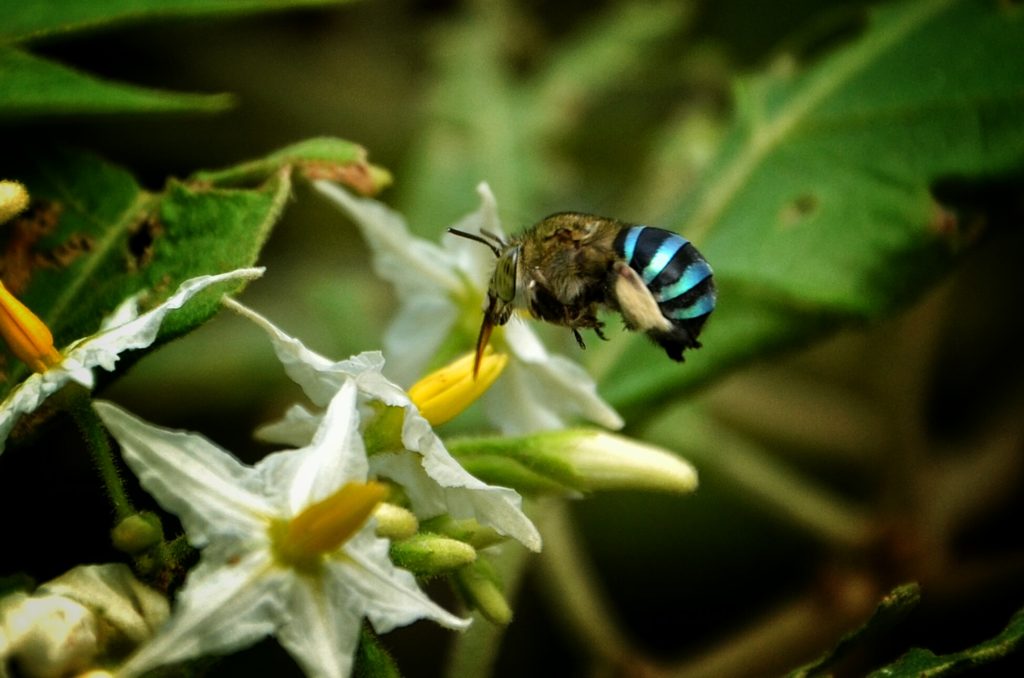
3. Open a hotel or two
Bee hotels are becoming increasingly popular and are an easy way to attract native solitary bees to your sanctuary. While the European Honeybees live in vast hives, most of our native bees live alone, with the solitary females of many species seeking out small holes to provision with pollen and an egg. You can either buy a bee hotel from a local nursery or put together your own using timber off-cuts with small holes drilled for the bees to use as nesting chambers. These holes should range in diameter from a few millimetres up to a centimetre or so to accommodate various nest sizes.
Bee hotels should be placed well above the ground between waist and head height, and in a location where they will receive morning sun and afternoon shade so that the bees don’t get cooked on hot summer afternoons. The sign that your hotel has occupants is when the ends of some of your holes have been filled over – so once you put it up, keep an eye out for activity as the days warm up.
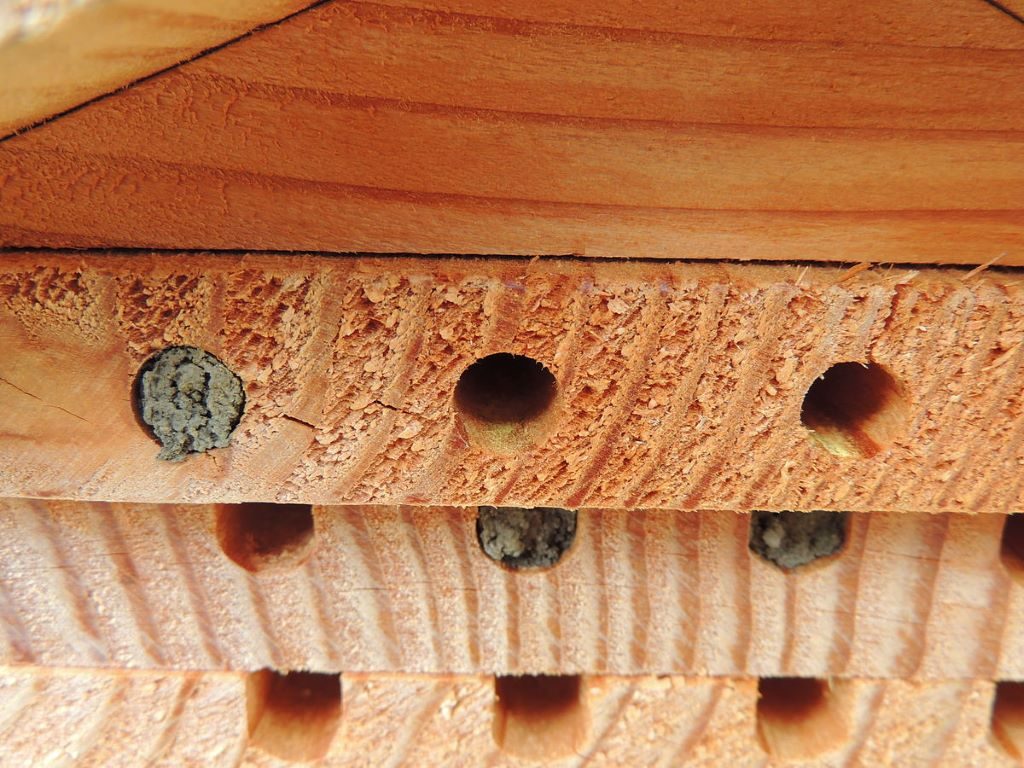
4. Pick the right flowers
Picking the right flora for your bees is essential, because in the eyes of the bees, not all indigenous plants are made equal! There are two chief things to remember when picking bee-attracting plants: shape and colour. As a general rule, the most popular flower colours among bees are whites, blues, and purple. Tubular flowers are also very popular among native bees. Some excellent bee-attracting Australian plants with a range of indigenous species throughout most of Australia include the Australian Flax Lilies (Dianella spp.), Mint Bushes (Prostanthera spp.), Isotoma Herbs (Isotoma spp.), and Tea Trees (Leptospermum spp.). So put a few of these in your garden and watch the bees fly in.
As urban developments continue to displace Australian forests and grasslands, native bees are under more pressure than ever. So why not head out into your green space and help these incredible pollinators by creating a sanctuary for them in your little corner of the world? You’ll not only get to interact with some of Australia’s most stunning pollinators, you’ll also be turning your garden into a stepping stone for native bees to traverse the urban environment.
Banner image courtesy of Vengolis via Wikimedia Commons

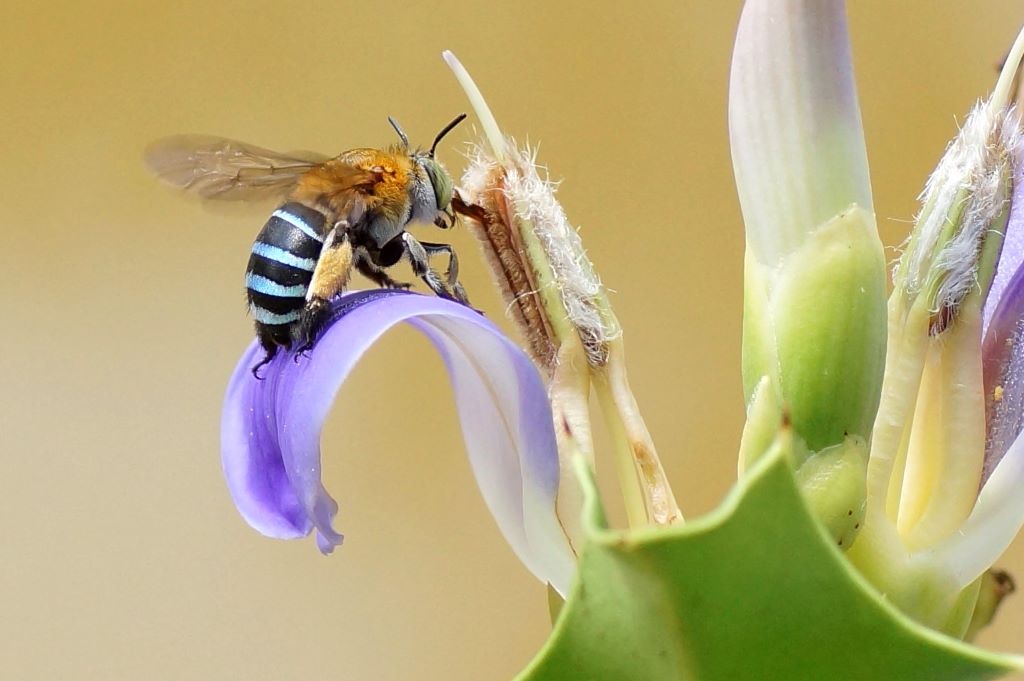
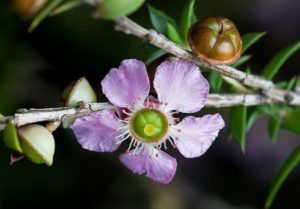
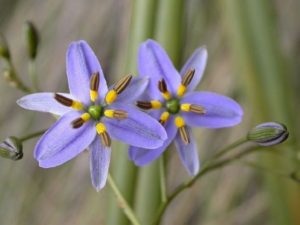
Leave a Reply